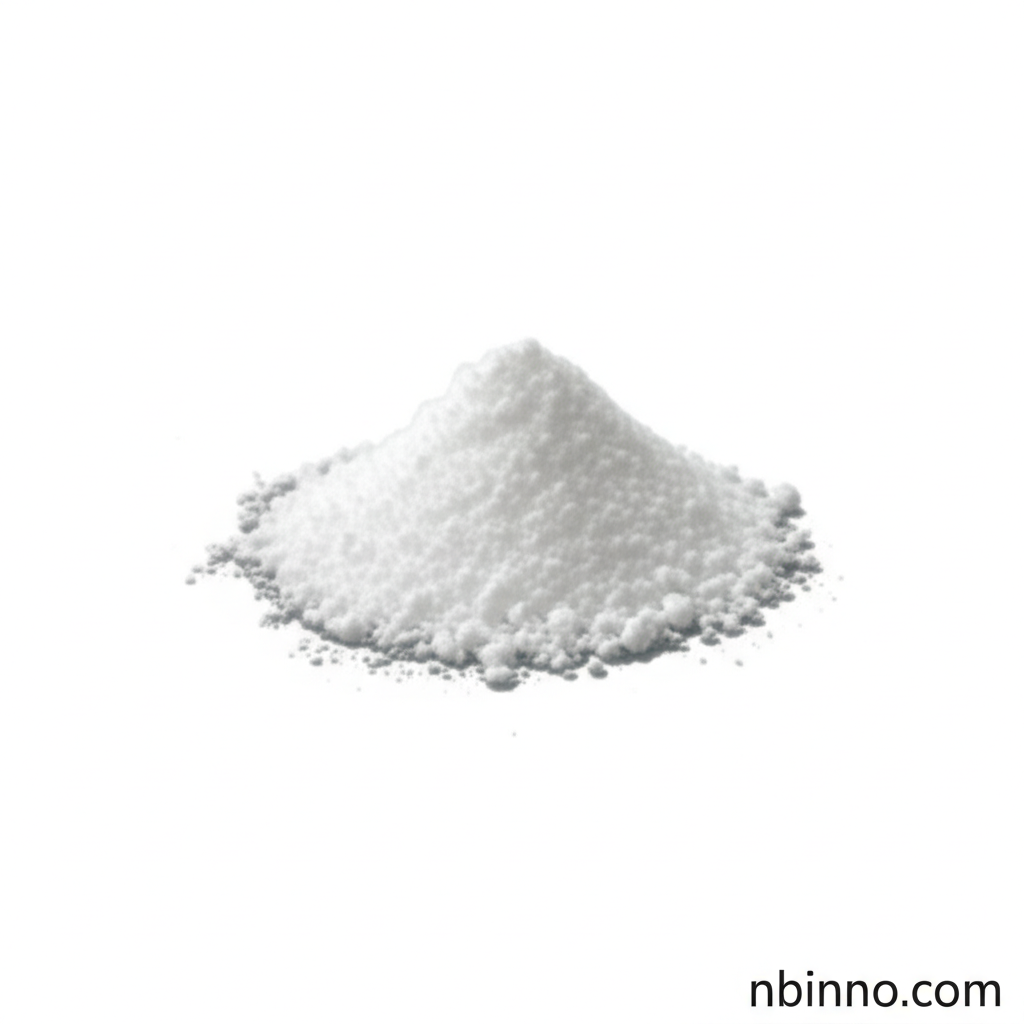Fmoc-2,3-dehydro-Valine: Revolutionizing Peptide Synthesis and Drug Discovery
Unlock new possibilities in peptide synthesis and drug design with this advanced amino acid derivative.
Get a Quote & SampleProduct Core Value

Fmoc-2,3-dehydro-Valine
This Fmoc-protected amino acid derivative is a critical component for researchers engaged in complex peptide synthesis and cutting-edge drug development. Its structure is engineered for superior stability and reactivity, making it an indispensable tool in solid-phase peptide synthesis. Beyond its primary role in creating therapeutic peptides, it offers significant advantages in understanding protein folding mechanisms and enhancing the bioactivity and stability of novel compounds, crucial for pharmaceutical applications. Researchers find its compatibility with various coupling reagents and its facilitation of cyclic peptide synthesis particularly advantageous.
- Discover the advantage of using an Fmoc-protected amino acid for peptide synthesis, ensuring precise control over your synthesis process.
- Explore how custom peptide synthesis reagents like this can accelerate your drug discovery efforts.
- Learn about the role of chemical building blocks for pharma in developing next-generation therapeutics.
- Investigate the benefits of employing advanced amino acid derivatives for improved bioactivity and stability in drug candidates.
Key Advantages Offered
Enhanced Synthesis Control
Leverage the Fmoc protecting group for precise control in solid-phase peptide synthesis, a cornerstone of modern peptide chemistry.
Accelerated Drug Design
Utilize this as one of your essential drug design building blocks to expedite the development of novel therapeutics and inhibitors.
Improved Compound Stability
Incorporate this into your research to achieve greater bioactivity and enhanced stability, a key factor in successful pharmaceutical applications.
Key Applications
Peptide Synthesis
As a fundamental component in peptide synthesis, it enables the creation of intricate peptide chains essential for biological studies and drug development.
Drug Design & Development
Its unique structure aids in the design of novel therapeutics, particularly in developing inhibitors for various diseases, thereby enhancing the efficacy of drug candidates through its use as drug design building blocks.
Bioconjugation Processes
Used in bioconjugation, it allows for the attachment of biomolecules to surfaces or other molecules, crucial for creating targeted drug delivery systems and advancing biotechnology research chemicals.
Protein Engineering Research
Instrumental in modifying proteins to study their functions and interactions, providing insights that can lead to advancements in biotechnology and medicine, a key area for protein engineering amino acids.
